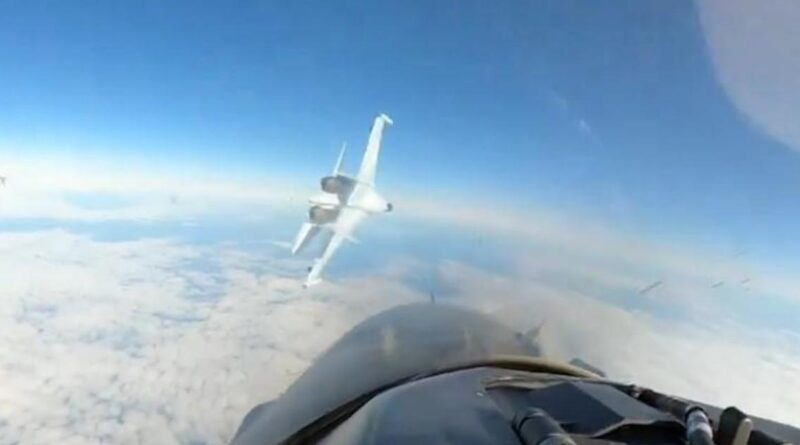Russian military planes detected flying near Alaska yet again, NORAD says
Russian warplanes were spotted flying off the coast of Alaska, the North American Aerospace Defense Command said Tuesday, marking the latest incident involving Russian military activity being tracked by the U.S. military near the state.
The Russian planes did not enter American or Canadian sovereign airspace, NORAD said, adding that the planes were “not seen as a threat.” NORAD did not identify the type of Russian aircraft that were detected nor the number of planes.
Although the Russian aircraft remained in international air space, they entered a region beyond U.S. and Canadian sovereign air space called the Air Defense Identification Zone (ADIZ), where aircraft are expected to identify themselves, according to NORAD.
The ADIZ is a stretch of international air space bordering the sovereign space around the U.S. and Canada, which both countries monitor in order to detect all aircraft passing through. Surveillance in the zone is maintained for national security reasons.
The incident comes less than three weeks after American and Canadian fighter jets were scrambled to shadow multiple Russian warplanes that were spotted in the Arctic. Several hours later, NORAD said it dispatched two F-16 fighter jets from Alaska to Greenland in order to “forward posture NORAD presence in the Arctic.”
The U.S. military has reported Russian military activity near Alaska several times in recent months. In December, NORAD said four Russian military aircraft were detected flying close to the state, and the U.S. military said Russian warplanes were detected near Alaska last September when more than 100 U.S. soldiers were deployed temporarily to Alaska’s remote Shemya Island. That deployment coincided with eight Russian aircraft and four navy vessels, including two submarines, traveling close to Alaska while Russia and China conducted joint military drills.
Last September, NORAD posted a dramatic video of a Russian fighter jet flying close to a NORAD aircraft off the coast of Alaska. At the time, a U.S. general said “the conduct of one Russian Su-35 was unsafe, unprofessional, and endangered all.”
Last July, the U.S. military said it intercepted four Russian and Chinese bombers in international airspace near the coast of Alaska.
NORAD says it uses a “network of satellites, ground-based and airborne radars and fighter aircraft to detect and track aircraft and inform appropriate actions” and “remains ready to employ a number of response options in defense of North America.”

